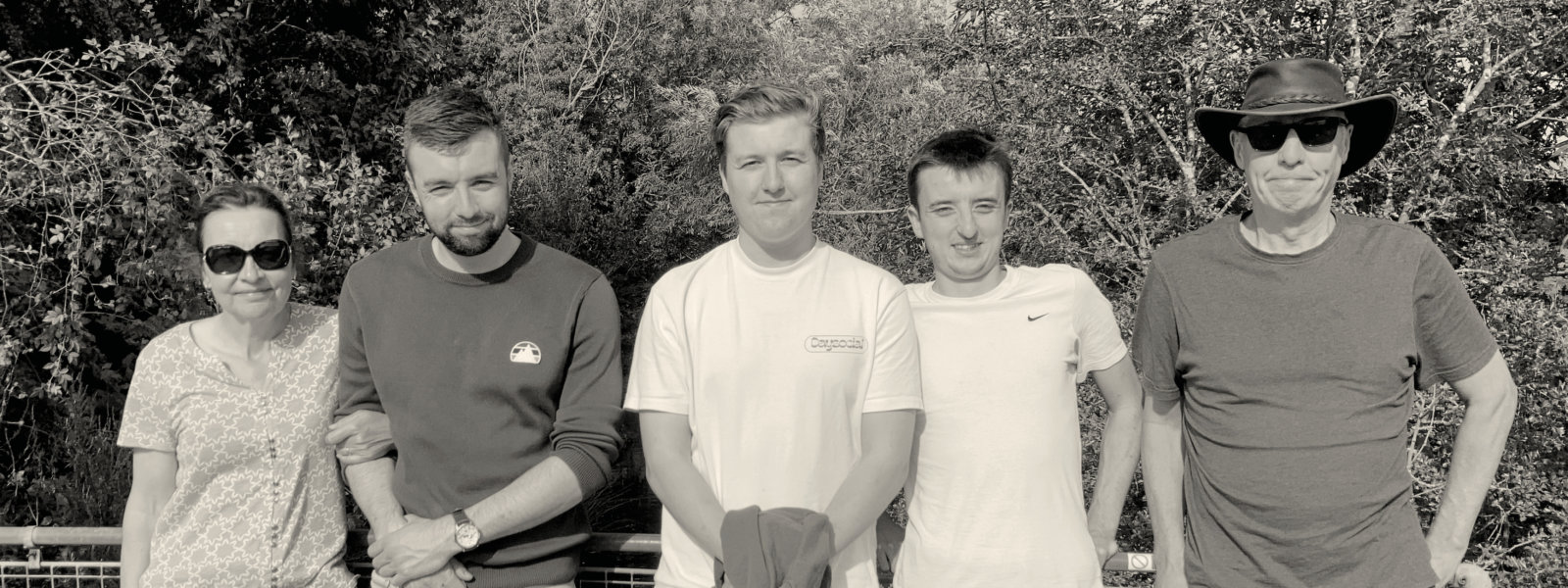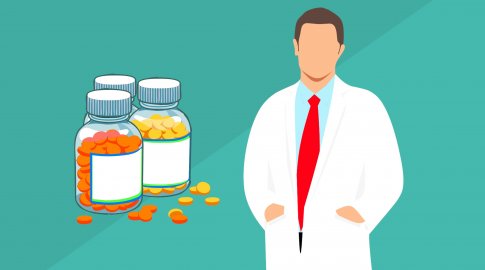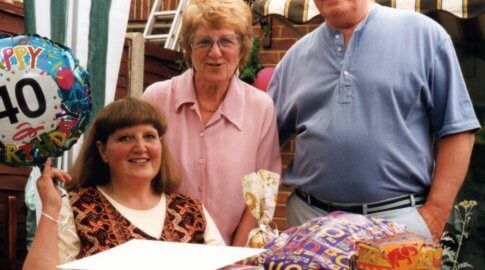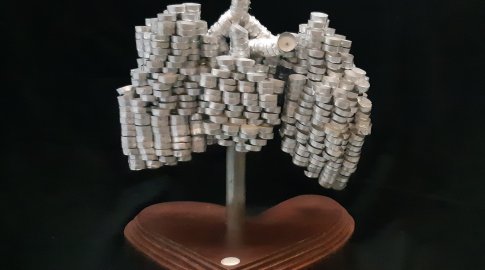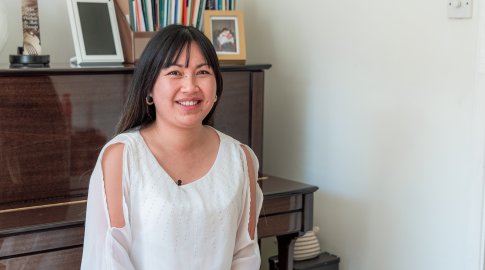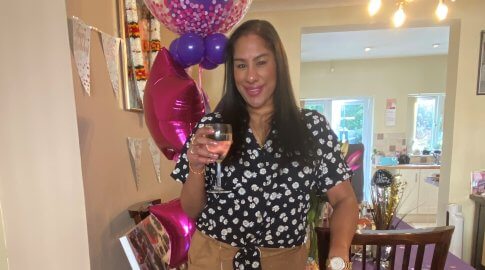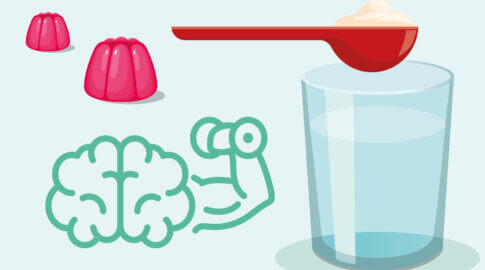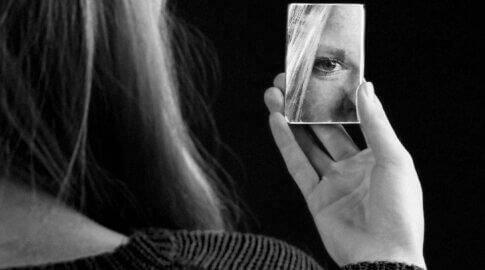“I’ve never wanted PH to define me”
Emma Sanger lives in Herefordshire and was diagnosed with chronic thromboembolic pulmonary hypertension (CTEPH) in 2008. Here, the 57-year-old describes the twists and turns of her journey, the support of her family, and the hope and gratitude her experiences have left her with.
“At the end of 2007 I distinctly remember starting to feel breathless on walks. We live in the countryside, so we walk regularly, and anything uphill started to become a struggle. I began to notice that even walking from my car to the office was hard.
I got a cold, which developed into a chest infection, and things just got worse. I was back and forth to the GP, told I had pneumonia, given antibiotics, and then I would fall ill again. This went on for six months before I was eventually able to see a respiratory consultant.
Scans showed pressures were high on the right side of my heart and it was at this point that pulmonary hypertension was first mentioned as a possibility.
I had never heard of it, and it was only when I looked it up online (which nobody should do, but everybody does!) that I realised how serious it was.
I was referred to a specialist centre in Sheffield for diagnostic tests in July 2008, which confirmed I had chronic thromboembolic pulmonary hypertension (CTEPH).
It was a very frightening time because I didn’t understand it all and wanted to find out more. I would always rather have the facts because I think if you know what you’re dealing with, it’s a starting point to managing or understanding things.
Of course, I had loads of questions about what had caused it. Why would my blood clot and cause this serious and rare disease? Was there something in my medical history? My family are generally healthy, and I’ve always been fit and healthy, so it was a shock. I was told I was just ‘unlucky’.
Hopes dashed
Now the process of dealing with it and managing it began. A pulmonary endarterectomy [surgery to remove the clots] was mentioned and I remember it being held up as the thing that would save me. It was possible that an operation could remove the clots, and I would be fine.
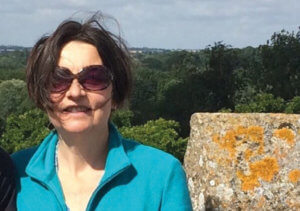
Whilst I waited for my assessment at Royal Papworth Hospital [the only hospital in the UK that carries out the surgery], I started on medication and spent my time at home just sitting. It was too much effort to go upstairs, and I felt useless.
My family were great. My three children were only young then (the youngest was eight and the others were going into their teens), but they did what they could to be helpful. They could see I was unwell, but I didn’t want their lives to be disrupted, so my husband Jon and I were quite selective with what we told them. Jon was brilliant, and everyone rallied round.
My surgery assessment came round two months after my diagnosis, and I spent the day at Royal Papworth. Here, I was told that my scan results showed the risk of me having the operation was too high, and therefore I was unsuitable for surgery. Jon and I were stunned; it was devastating.
We went back home, and it felt like the end of the road. In those early days I really believed I had a matter of years, and I was advised it would be wise to organise my affairs. All I could think about was the effect on my children. This was definitely the lowest point during my whole PH experience.
Adjusting to a new ‘normal’
I went back under the care of Sheffield, and other medication options were discussed. The team were really comforting and reassuring.
My medication was increased, and I started to feel a bit better, although I did have to give up my job at the Tourist Information Centre. I did the odd couple of hours for them here and there, on a voluntary basis – but I would be exhausted.
The next big hurdle was the benefits system. Nobody seemed to understand the disease and the process went on for months, but eventually, after going to a tribunal, I got what I was entitled to. It was hard work, and I wouldn’t have been able to jump through all those hoops without Jon’s support. It was exhausting.
I started getting into the routine of re-managing my life; changing, adapting, and accepting this was the way it was going to be.
Everything was exhausting, so if I needed to do something or go somewhere, I would have to plan it all carefully. I got a blue badge and that really helped me, but if I went to the shops, I would have to rest the next day to get over it.
Life went on, in this different way of living. It was quite boring, but I think when you’re ill and you’re tired, your priorities shift. Going out and seeing people became less important; the most important thing was to feel well.
Another chance
I just carried on, and over the years, I started to feel a lot better. In March 2014, I had a new set of scans, which showed how much things had improved.
The balance of risk had now shifted, and I was told that although this was unusual, I was now a suitable candidate for the pulmonary endarterectomy. This was another shock, but of a different kind!
It was an easy decision for me to make, and I had the operation in October 2014. The surgery went well, but I do have some residual PH, so it hasn’t been a ‘cure’. But the size of my heart reduced straight away and although I didn’t wake up for three days, and the recovery was quite long, I do think it was worse for my family than me at that time.
Our home is over three hours’ drive from Royal Papworth and Jon did a lot of journeys back and forth over the fortnight I was there.
I experienced paranoia and psychosis [known as ‘ICU psychosis’] which I now know is quite common. I had a couple of appointments with a clinical psychiatrist but once the drugs wore off, I was fine. I don’t think I was the easiest of patients!
It was quite an experience, and there was a lot of pain and discomfort, but I did all the things I was supposed to do and gradually, I recovered. It’s hard to express in words how grateful I am to the teams at Sheffield and Royal Papworth for their kindness and expertise. I’m very lucky.
Life beyond surgery
Because I have residual PH, I still see a specialist once a year, down at Royal Papworth. We have six-monthly telephone consultations too and, in some ways, it’s quite nice to have that contact and reassurance.
I am aware the PH is still there and if I ever feel a bit run down, I always wonder if it will become a problem – but I’ve learnt how to manage things.
I know now that if I need to sit down and have a rest that I’m not wasting time, I’m investing in energy for later on. It takes a long time to get used to that though!
It took me a good year to properly recover after the surgery but I’m now working again part-time.
My confidence had plummeted [as a result of everything that happened] and it took 12 months of interviews, but I ended up getting a really nice job working in a customer service role at an historical monument.
Going to work gave me a bit of confidence back. It gives me something to focus on away from home and a sense of purpose.
I’ve never wanted PH to define me. I’ve still got a bit of disease, I’m still on medication, and I get seen by medical professionals, but it’s integrated into my life now.
I’ve noticed that people don’t ask how I’m feeling as much anymore, because I’m seen as ‘just getting on with life’, which is quite liberating.
With everything that’s happened, I’ve realised that the people around me are what really matters. I feel very grateful, and very lucky, and I want other people to know – in a realistic sense – that there is always hope. You never know what is around the corner.”
